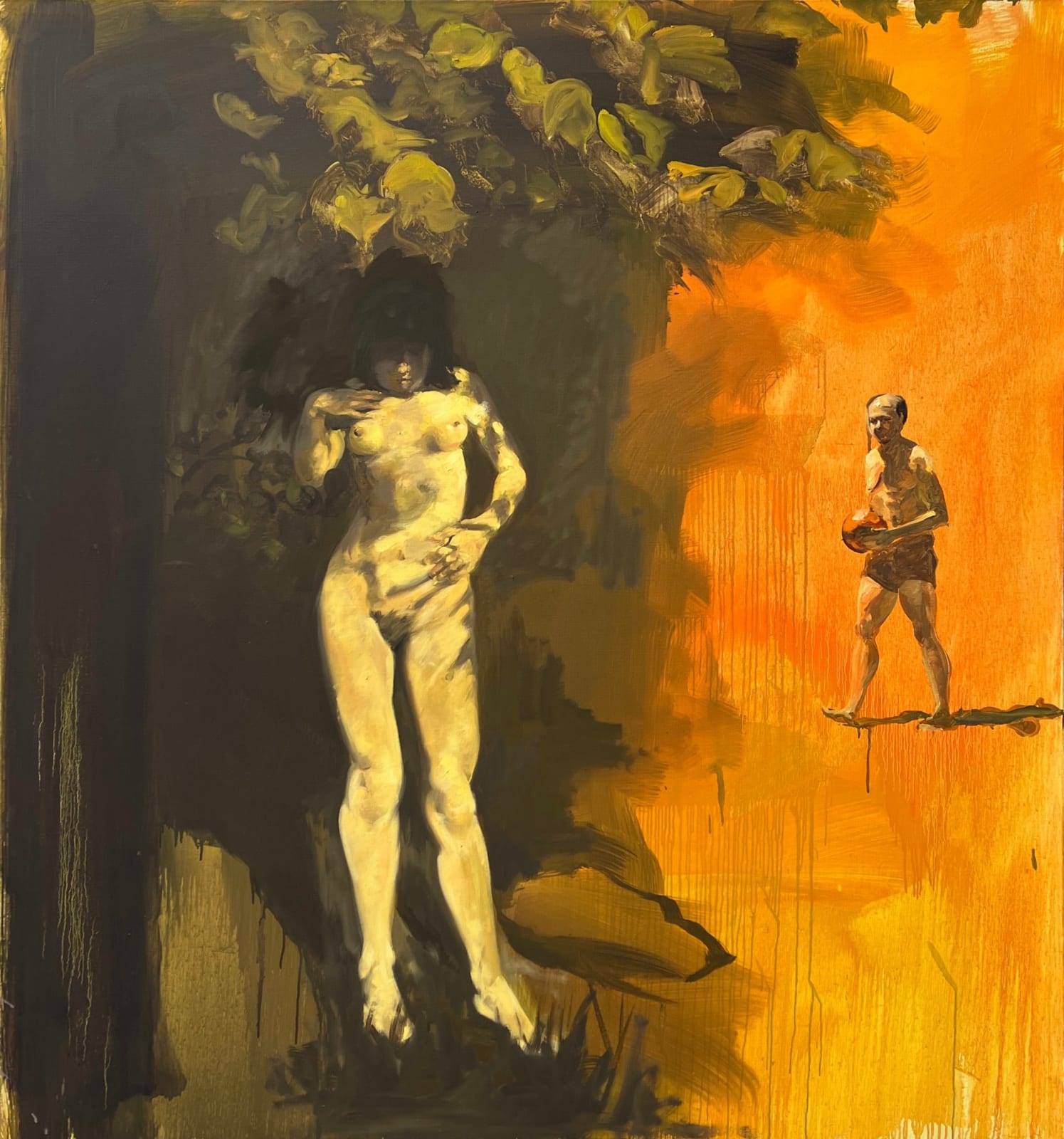Eric Fischl American, b. 1948
147.3 x 137.2 cm
Born in 1948, Eric Fischl
captures the void at the heart of contemporary American culture. Finally
settling in New York City in 1978, Fischl emerged as a leading figure in the
Neo-Expressionist movement that included contemporaries including Julian
Schnabel and Jean-Michel Basquiat. By the 1980s, his large-scale,
confrontational paintings were gaining wider attention.
His paintings often expose
the dysfunctional sexuality and complicated relationships of the 1950s world in
which he grew up. His mother was an alcoholic who later committed suicide, an
event that left Fischl both guilty and relieved - he would later remark that he
didn't want her for his mother.
In pieces such as the present study, the narrative is provocatively open ended, leaving us to question the significance of the clearly Roman-inspired sculpture and anonymous location. Overall, we are left with a sense of disquiet, of unresolve, as Fischl offers us no answers or conclusions except our own.
Through his complex,
painterly style and ambiguity, Fischl draws us into the space of his canvas.
This allows him to point to the disturbing undercurrents that pervade suburban
existence and present it to us, much like life when we encounter those strange
moments with others.












